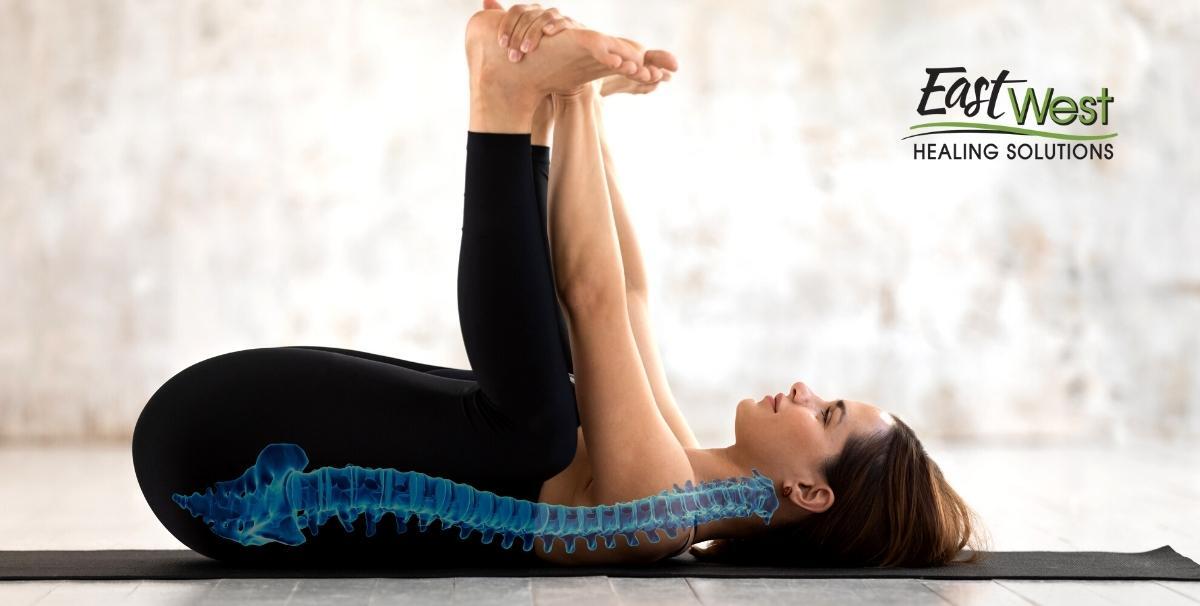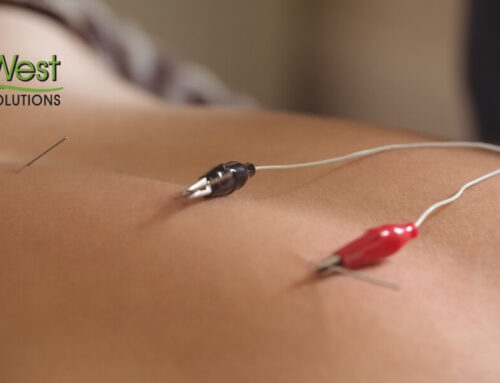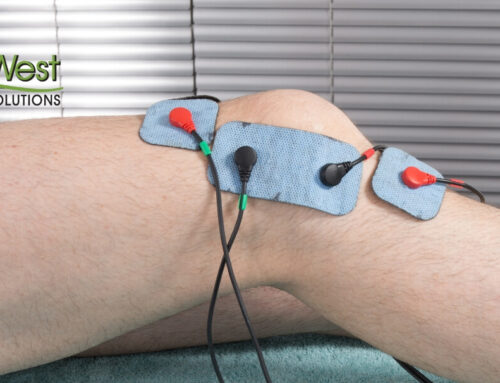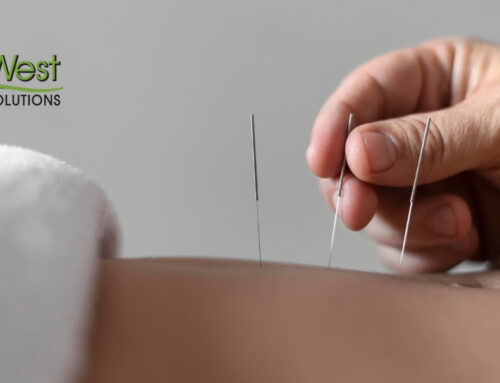The Effects of Suffering from Sciatica
Sciatica occurs when either the sciatic nerve or lower vertebrae has been compressed, irritated, or injured. It can also be caused by tight, overused, or injured muscles. It presents itself as a sharp, throbbing, or burning sensation that typically begins in the lower back, runs through your buttocks and thighs, and then alongside one of your legs (though it can affect both). Depending on the severity, the pain can be anything from a minor nuisance to serious and debilitating.
How Yoga Can Reduce Sciatica’s Effects?
Even in less severe cases, the pain that people experience from sciatica can be enough to keep them from engaging in sports, hobbies, or even everyday activities. Practicing yoga helps correct your spinal alignment, strengthens the local muscles, and releases excessive tension. Although using yoga for sciatica won’t serve as a cure, it can accelerate the healing process of your current issues and also prevent future sciatica pain from developing.
Yoga Poses Best for Sciatica
The best thing about using yoga for sciatica is that you have many different poses to choose from. Many practitioners will use the locust pose, knees-to-chest pose, reclined pigeon pose, half lord of the fishes pose, and legs-up-the-wall pose, just to name a few. Working with a yoga professional to create a targeted yoga workout is always best, but here are five of our personal favorites:
Child’s Pose (Balasana)
The child pose is great for relaxation and flexibility, effectively lengthening and stretching your spine while opening up the hips, thighs, and lower back. Begin this pose by getting on your hands and knees. Press your knees together gently, then lower your hips onto your heels. Next, while either extending your arms out in front of you or resting them alongside your body, relax your torso and fall into your thighs. Finally, you’ll want to focus on deepening your breath, thereby relaxing tightness or sensation. Stay in this position up to five minutes.
Downward-Facing Dog
By far one of the most common and well-known of all yoga poses, the downward-facing dog, is great for relieving pain and tightness, in addition to promoting strength and aligning your body. Like the previous pose, you’ll start on your hands and knees. Next, press into your hands while lifting your hips up toward the ceiling. Then, drop your head down so that your ears are in line with either your upper arms or chin, all the way in to your chest. While bending your knees so that your pelvis tilts slightly forward, intuitively move your body as needed and hold the pose for as long as one minute.
Half Moon Pose (Ardha Chandrasana)
The half moon pose will help increase your flexibility and relieve tension while stretching your spine, glutes, and thighs. For this pose, you’ll want to stay supported by performing it against a wall. You’ll begin in a standing pose, right foot out in front. While bending your right knee a little and shifting your weight to the right foot, move your left hand to your hip.
Next, slide your left foot a few inches forward while reaching your right hand in front of and to the right of your right foot while lifting your left leg to make it parallel to the floor. Pressing out through your left heel, you’ll want to rotate your torso and hip while looking forward. Then, go deeper by lifting your left hand toward the ceiling and moving your gaze upward. Stay in this position up to one minute, then slowly release by bending your right leg and lowering your left leg to the ground. Switch to the opposite side and repeat.
Cobra Pose (Bhujangasana)
The cobra pose is extremely beneficial in strengthening and stretching your spine, which helps to promote circulation and flexibility. To perform this pose, you’ll start by lying on your stomach, hands under your shoulders. Next, squeeze your elbows into your body while you inhale so you can lift your head, chest, and shoulders. While maintaining a slight bend to your elbows and keeping your chest open, you’ll want to engage your thighs, lower back, and abdominals. Hold the position for 30 seconds, release, rest, and repeat one to three times.
Bridge Pose (Setu Bandha Sarvangasana)
The bridge pose is popular for stimulating circulation while simultaneously stretching the spine and relieving both pain and tension. You’ll start the pose by lying on your back, knees bent and heels in toward the hips.
Next, move your arms to the side of your body, palms down. Slowly lift your spine away from the mat and raise your hips as high as you can. While in this position, place a block between your knees or thighs so that you can maintain a proper alignment, then slowly lower your body. Repeat this movement 10 times and then relax to the starting position. When in the top position, you’ll want to hold the pose for one minute.
Yoga Poses to Avoid If You Have Sciatica
There are some yoga poses you’ll want to avoid because they can actually worsen the symptoms of sciatica. This typically includes seated and standing forward bends aside from downward-facing dog. You may be unable to do certain poses because sciatica often affects only one leg. It’s always a good idea to listen to your body and not perform a yoga pose that doesn’t seem comfortable, but you can also enlist the help of a yoga teacher who will point you in the right direction.
Contact East West Healing Solutions to Learn More About Yoga for Sciatica
As the leading yoga studio in Palm Harbor and the surrounding areas, East West Healing Solutions offers many different types of yoga classes. Our team of yoga experts can also help anyone else looking for pain relief, better flexibility, and other improvements to the mind and body. If you’d like to learn yoga for sciatica or any other reason, check out our yoga class schedule and call us at (727) 216-3972 today to join in on the fun!






